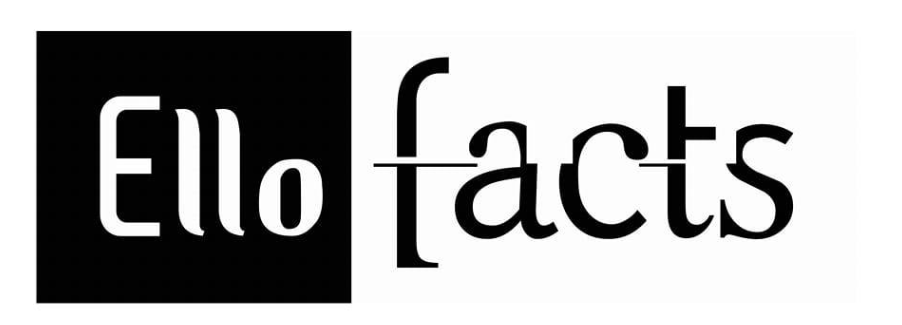An SEO guide to understanding E-E-A-T
Mastering SEO – Boost Rankings with Keywords, Backlinks & Expert Optimization

Introduction
In today’s digital world, visibility is everything. Whether you run a small business, manage a blog, or operate a global e-commerce site, Search Engine Optimization (SEO) is your ticket to reaching the right audience. SEO is the process of improving a website’s visibility on search engines like Google by using strategies such as keyword optimization, backlinks, technical improvements, and high-quality content. A well-optimized site doesn’t just rank better—it attracts targeted traffic, builds trust, and increases conversions.
A Brief History of SEO
The concept of SEO dates back to the mid-1990s when search engines like Yahoo! and AltaVista first emerged. In the early days, keyword stuffing and excessive backlinks were enough to rank.
-
1990s – Basic keyword optimization dominated.
-
2000s – Google’s PageRank algorithm revolutionized SEO by valuing link quality over quantity.
-
2010s – Updates like Panda, Penguin, and Hummingbird focused on content quality, relevance, and user intent.
-
2020s & Beyond – AI-driven search, voice search, and Google’s E-E-A-T guidelines now shape SEO strategies.
Importance & Significance of SEO
SEO isn’t just about rankings—it’s about visibility, credibility, and sustainable growth.
-
Increased Visibility: Higher rankings mean more exposure to potential customers.
-
Cost-Effective Marketing: Organic traffic reduces dependence on paid ads.
-
User Trust: Websites ranking high are perceived as more credible.
-
Long-Term Benefits: A well-optimized site continues to perform even with minimal ongoing costs.
Advantages of SEO
- Higher Organic Traffic: More relevant visitors without paying per click.
- Brand Authority: Strong rankings build recognition and trust.
- Better ROI: SEO delivers higher returns compared to many other marketing channels.
- 24/7 Marketing: Your optimized content works even when you’re offline.
- Targeted Audience: Attracts people actively searching for your products or services.
Disadvantages of SEO
- Time-Consuming: SEO results often take months to show.
- Constant Updates: Search engine algorithms change frequently.
- Competitive: Popular keywords are difficult to rank for.
- No Guaranteed Results: Rankings can fluctuate.
- Requires Ongoing Effort: Stopping SEO work can lead to a drop in rankings.
SEO and Google’s E-E-A-T Framework
Google uses E-E-A-T—Experience, Expertise, Authoritativeness, and Trustworthiness—to evaluate the quality of web content. It’s part of their Search Quality Rater Guidelines and plays a big role in rankings.
Experience
Content should demonstrate first-hand knowledge. For example, a travel blog should show that the author has actually visited the places described.
Expertise
Writers should have relevant knowledge or skills in the subject. A medical article should be written or reviewed by a healthcare professional.
Authoritativeness
Your website and authors should be recognized as reliable sources. This can be built through citations, mentions, and high-quality backlinks.
Trustworthiness
Google values sites that are transparent, accurate, and secure. This includes HTTPS security, clear privacy policies, and fact-checked content.
SEO Best Practices for E-E-A-T
-
Create original, well-researched content.
-
Showcase author credentials.
-
Gain backlinks from reputable websites.
-
Keep your website secure and up-to-date.
-
Avoid misleading or clickbait information.
Conclusion
SEO has evolved from simple keyword tricks to a sophisticated blend of technical, creative, and trust-building strategies. Understanding concepts like Google’s E-E-A-T ensures your site not only ranks but also earns user confidence. By focusing on delivering genuine value, maintaining transparency, and building authority, SEO can be your most powerful digital marketing tool—driving sustainable growth for years to come.

 Ellofacts
Ellofacts 





